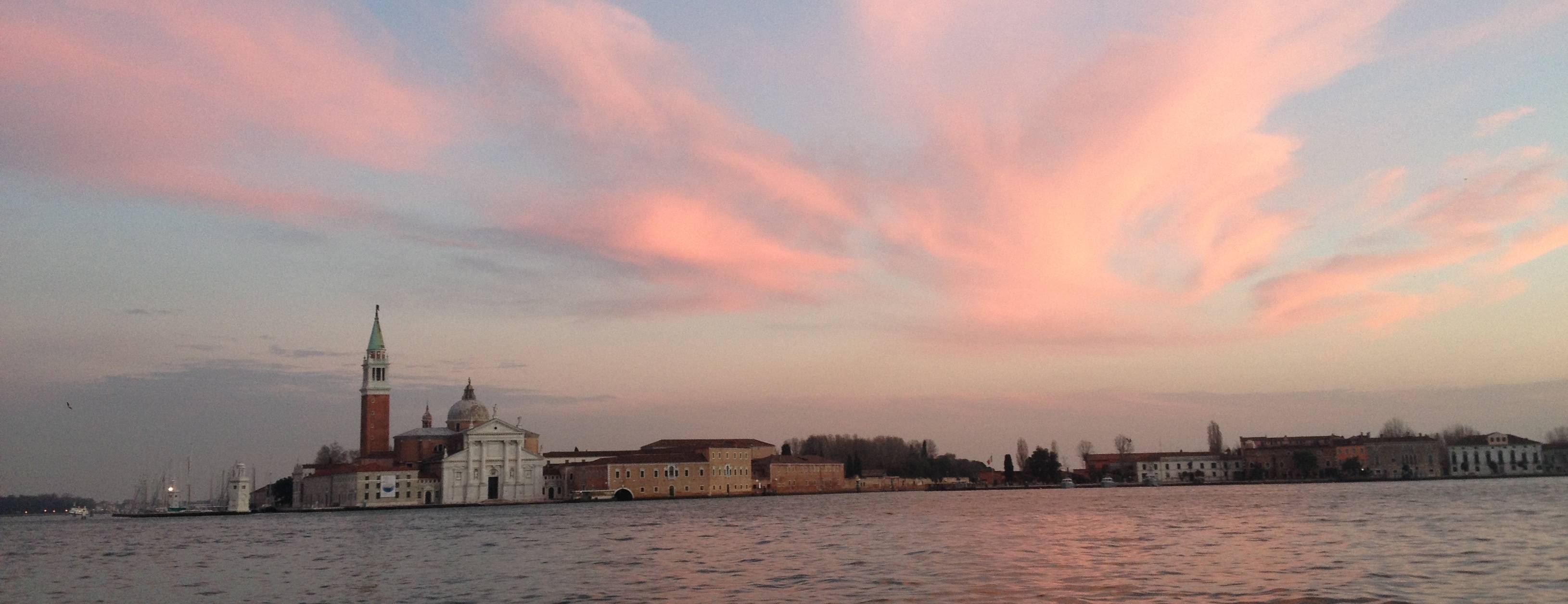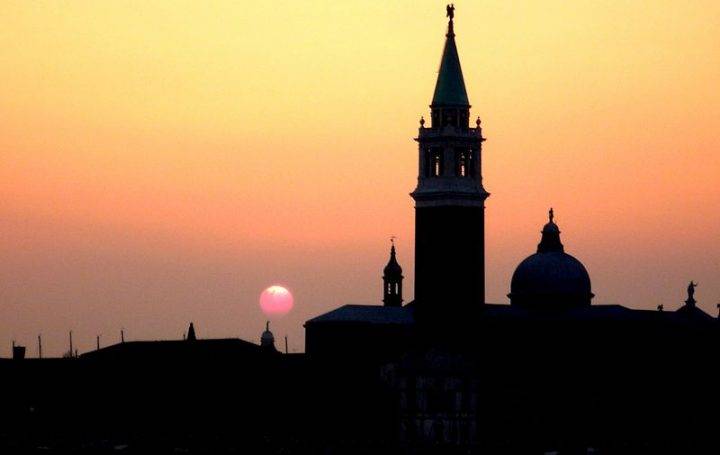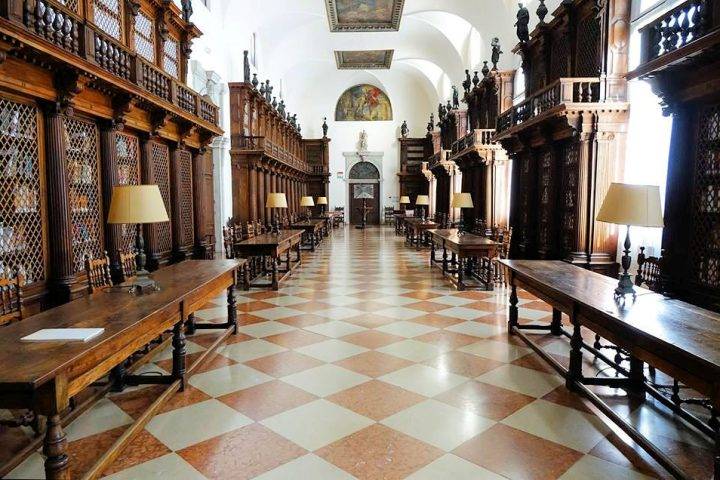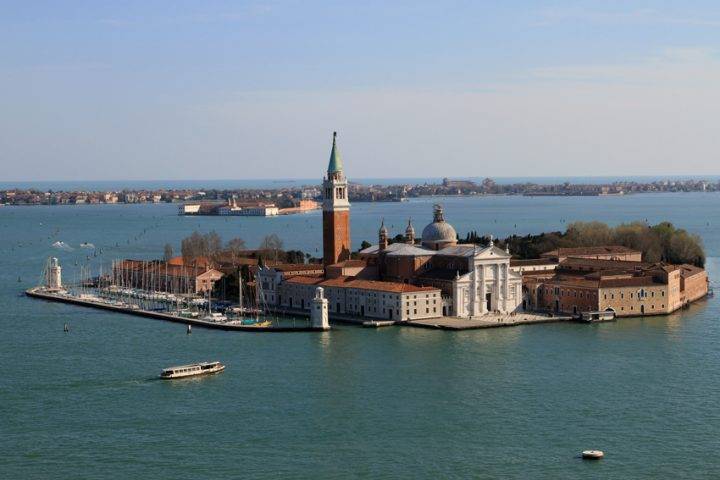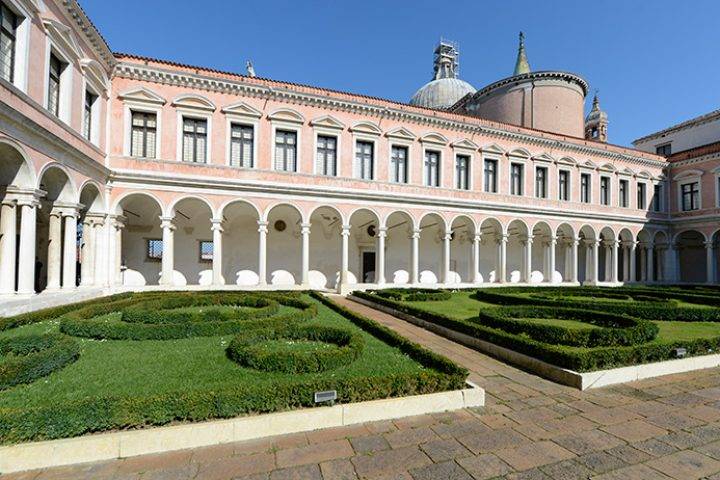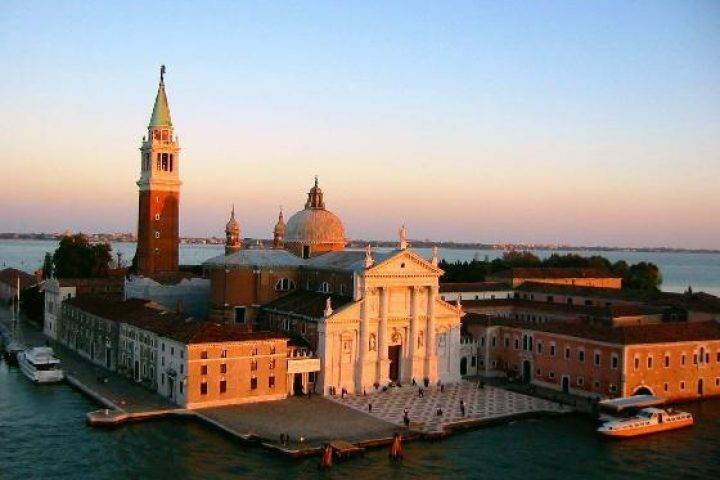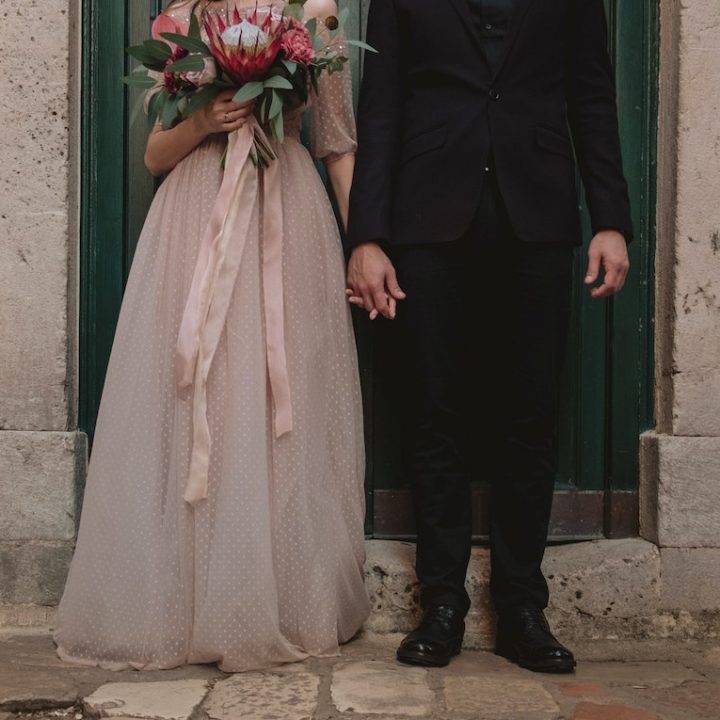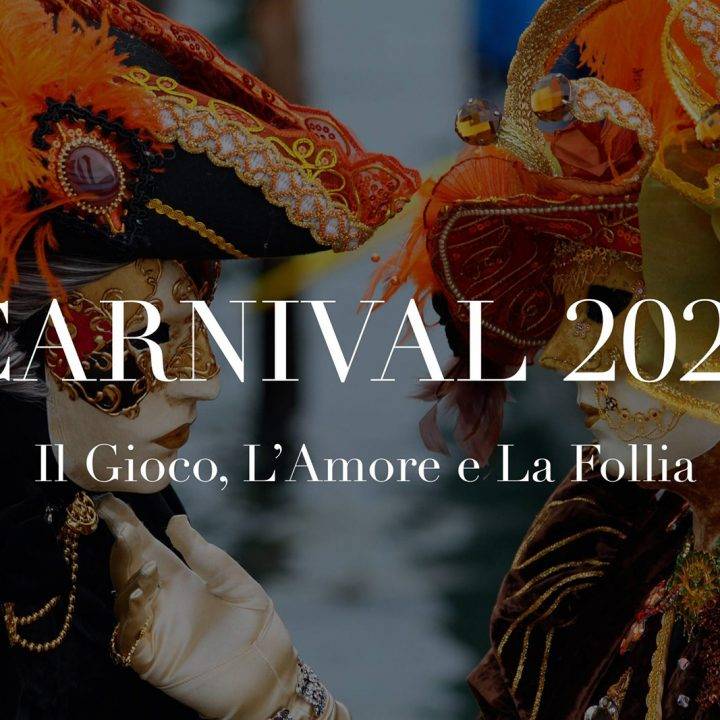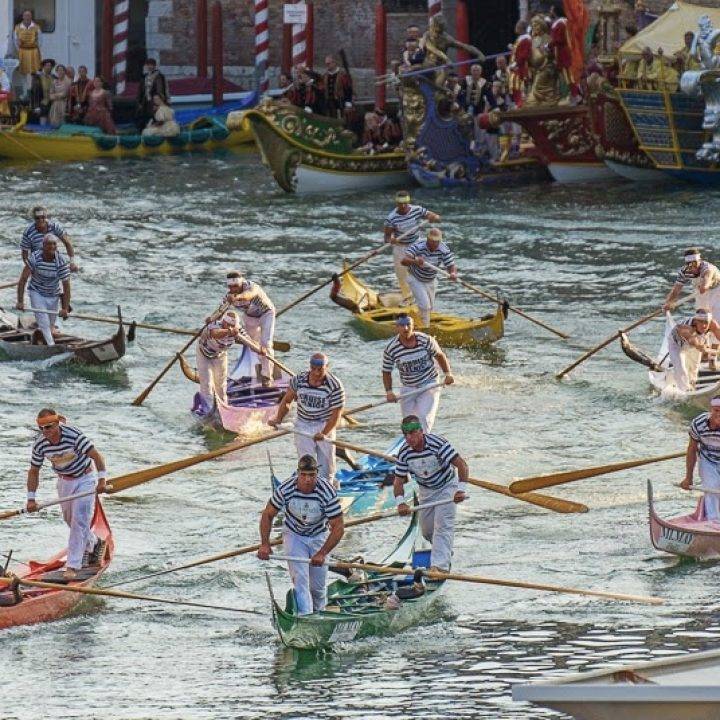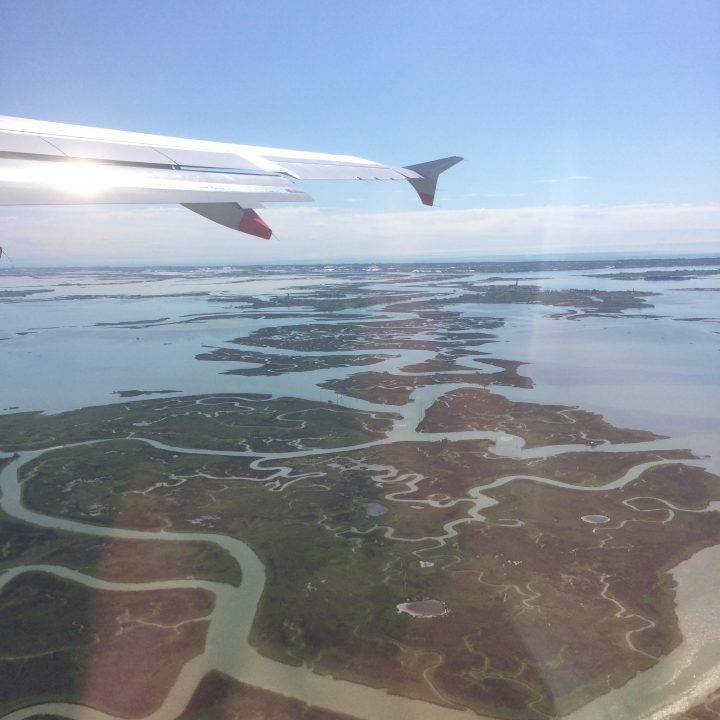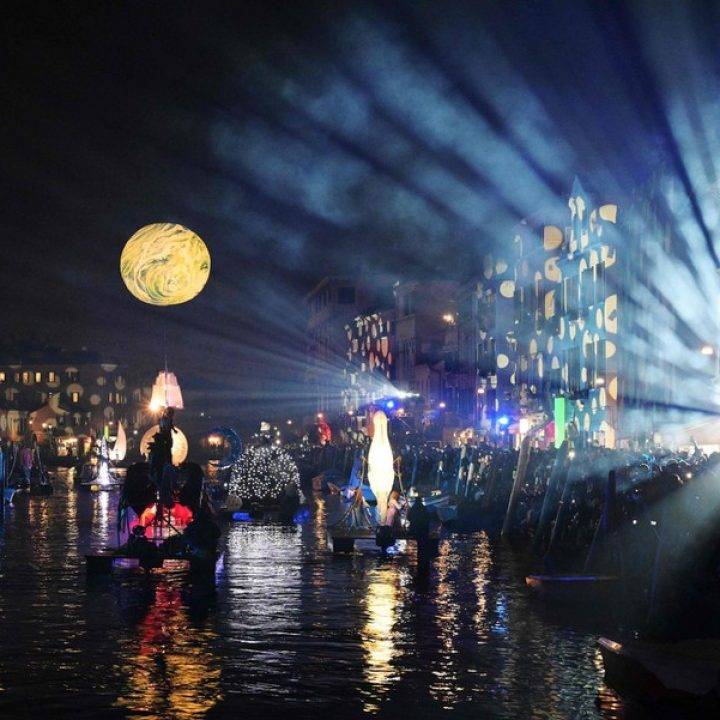This is just a short boat ride from Venice but once again it is one of those places that seems to slip so often under the radar. Well at least it used to be, word is slowly getting out that it holds the best view of Venice from its bell tower and therefore it is becoming more well known. However, the bell tower is merely the beginning of the treasures that can be found on this secretive island. Here are five other reasons that it is worth requesting the vaporetto to stop.
It is said that the island dates back to as early as 790 at which time the island was known as the island of the cypresses. Then around 982, San Giorgio Monastery was established when the Doge Tribuno Memmo donated the entire island to the Benedictine monk, Giovani Morosini. By draining the island marshes next to the church he expanded the territory and created the first Abbot.
( Reason No.1)
In 1223 an earthquake destroyed everything and it all had to be rebuilt. Whilst the humble church was still there, it was soon overshadowed by the work of Palladio in 1566, that is now the iconic image of the island. The magnificent church inspired many later architectural works, but Palladio himself was considered at the time one of the greatest of the High Renaissance architects. Palladio used an innovative split-level, two-tiered layered facade with a pair of stacked pediments and a portico inspired by Greek Pronaos with side windows modelled on those in Roman baths
The Island stayed in the hands of the Benedictine monks until Napoleons arrival in the 19th Century. At which point he transformed it into a military area. The two ports and the warehouse he built for the artillery are still in existence. But in 1951 the island was taken over by Count Vittorio Cini who brought the island back to life, and it now holds many of the cultural highlights of Venice.
No.2: Masterpieces
Inside the church there are several masters, including Tintoretto, Carpaccio and Bassano. Originally Veronese had also painted the ‘Wedding feast at Cana’ but Napoleon had this removed and taken to Paris along with many of the most treasured books.
No.3: Garden
Alongside the Church there is also a beautifully designed garden that is usually closed to the public but visitors who are using the library are allowed to enter.
No.4: Library
The library itself has become an almost mythical place. Stories are told of its beauty, scale and design but so few people actually go to work there that it seems like a fantasy. It is only recently that it has become slightly easier to enter, whereas before it was necessary to prove that you were searching for a particular source of information before gaining permission. All of which enhances its appeal.
The former dormitory of the Benedictine monastery was designed by Giovanni Buora in 1494. It faces on one side the water and the Bacino di San Marco, while the other side faces the monastery gardens and orchards. This long corridor was converted into a new library ‘Nuova Manica Lunga’ by architect Michele De Lucchi in 2009, in line with the latest library technologies.
No.5: Cini Foundation
Nowadays, the island is the centre of the CINI FOUNDATION and it is constantly growing in its cultural projects. Along with the two libraries, church, garden, bell tower, port, there is also an art gallery and music theatre that looks out over the lagoon.
These are just five to start you off with but the list can go on and on, take your time and explore it all. Then take the vaporetto over to the Guidecca stop Palanca, and enjoy lunch in the sun at LA PALANCA restaurant.
